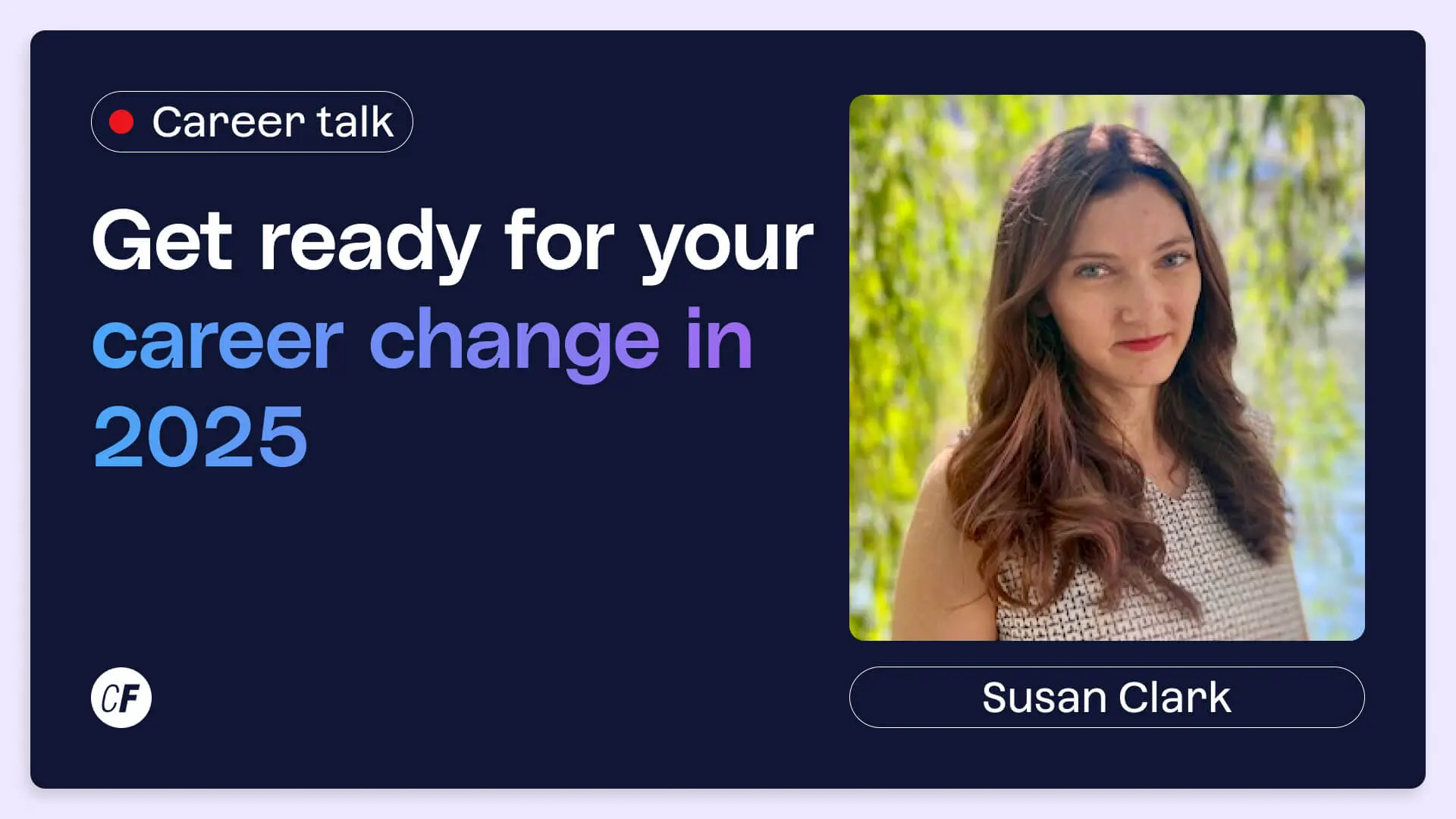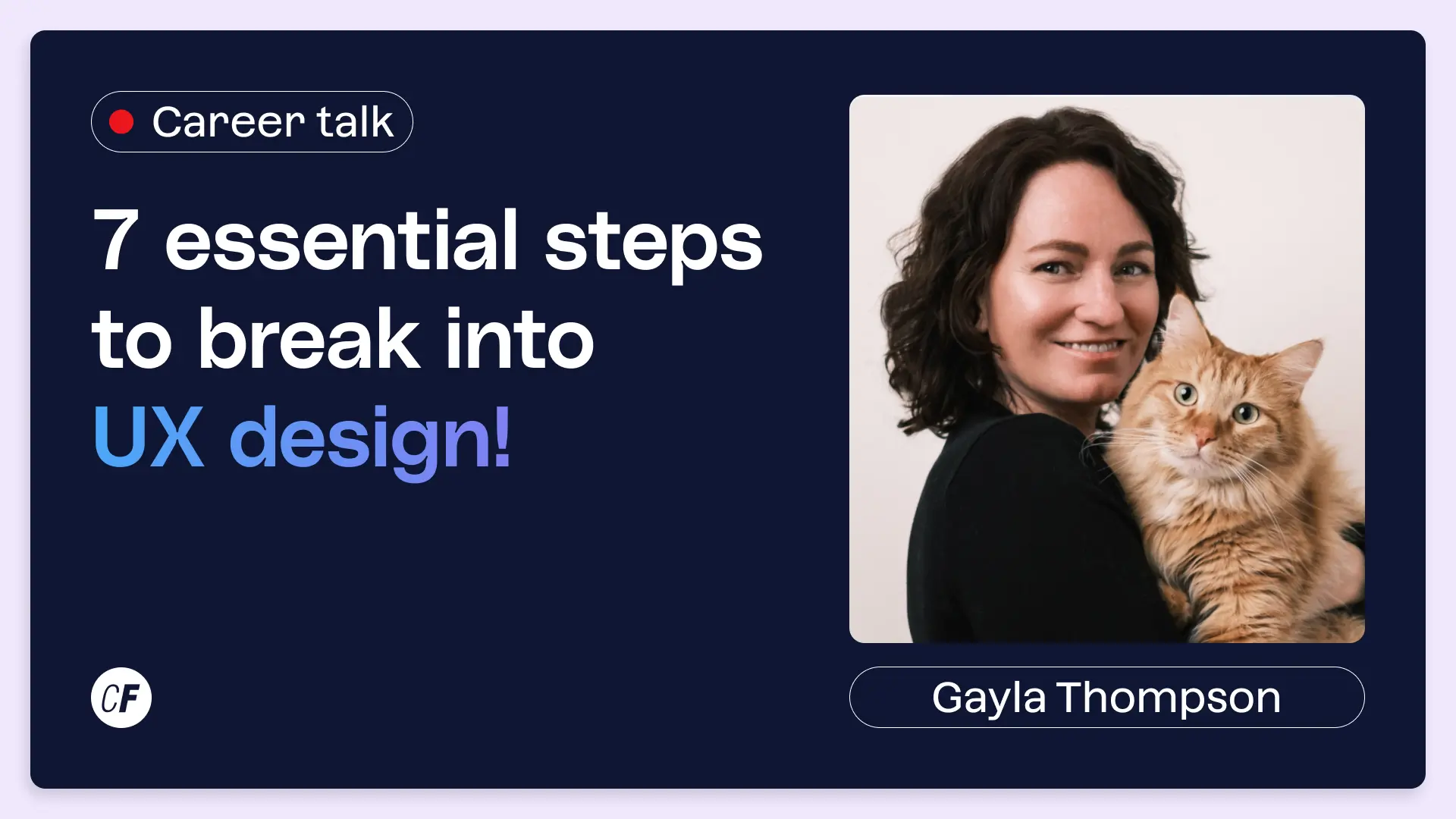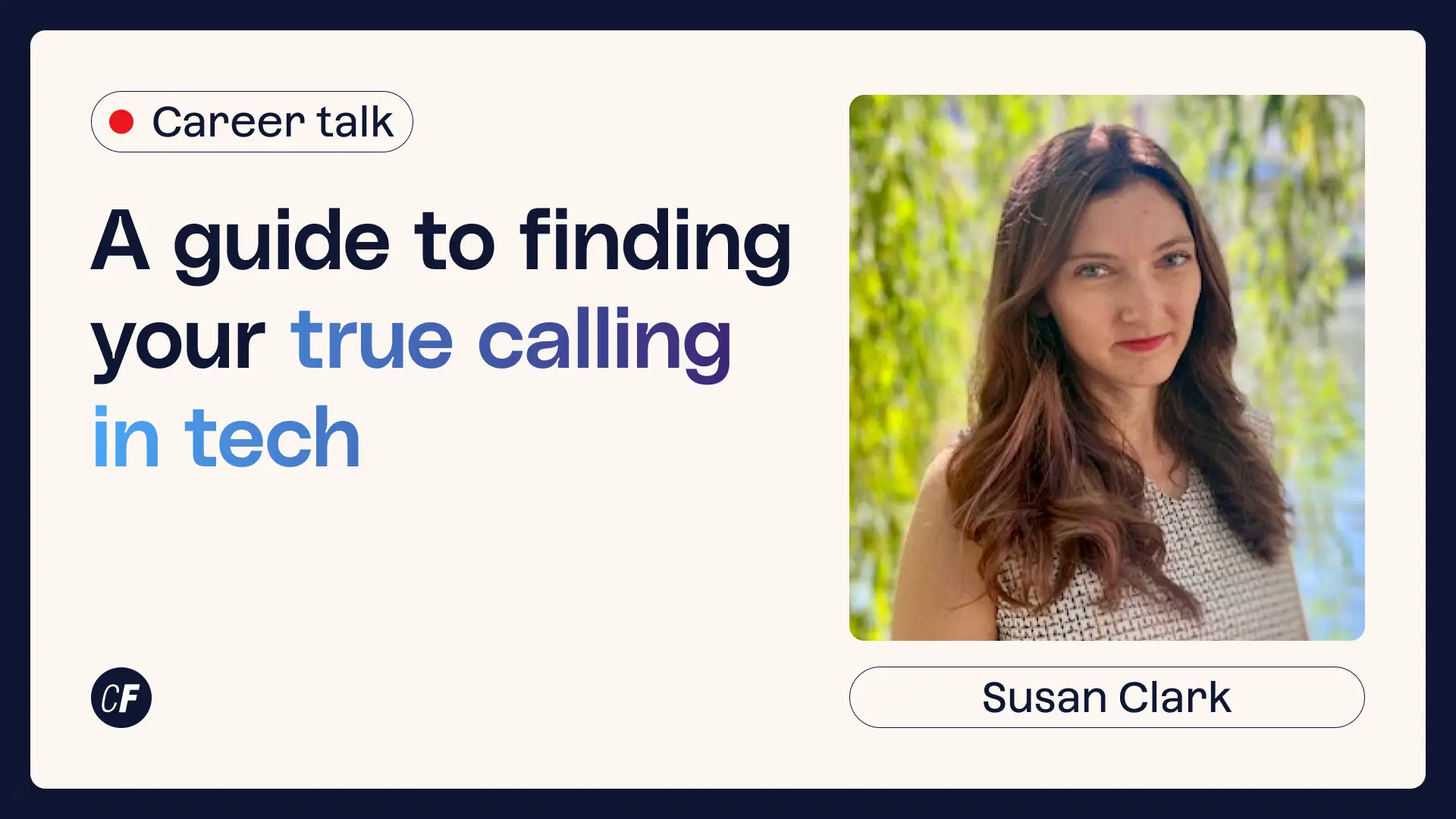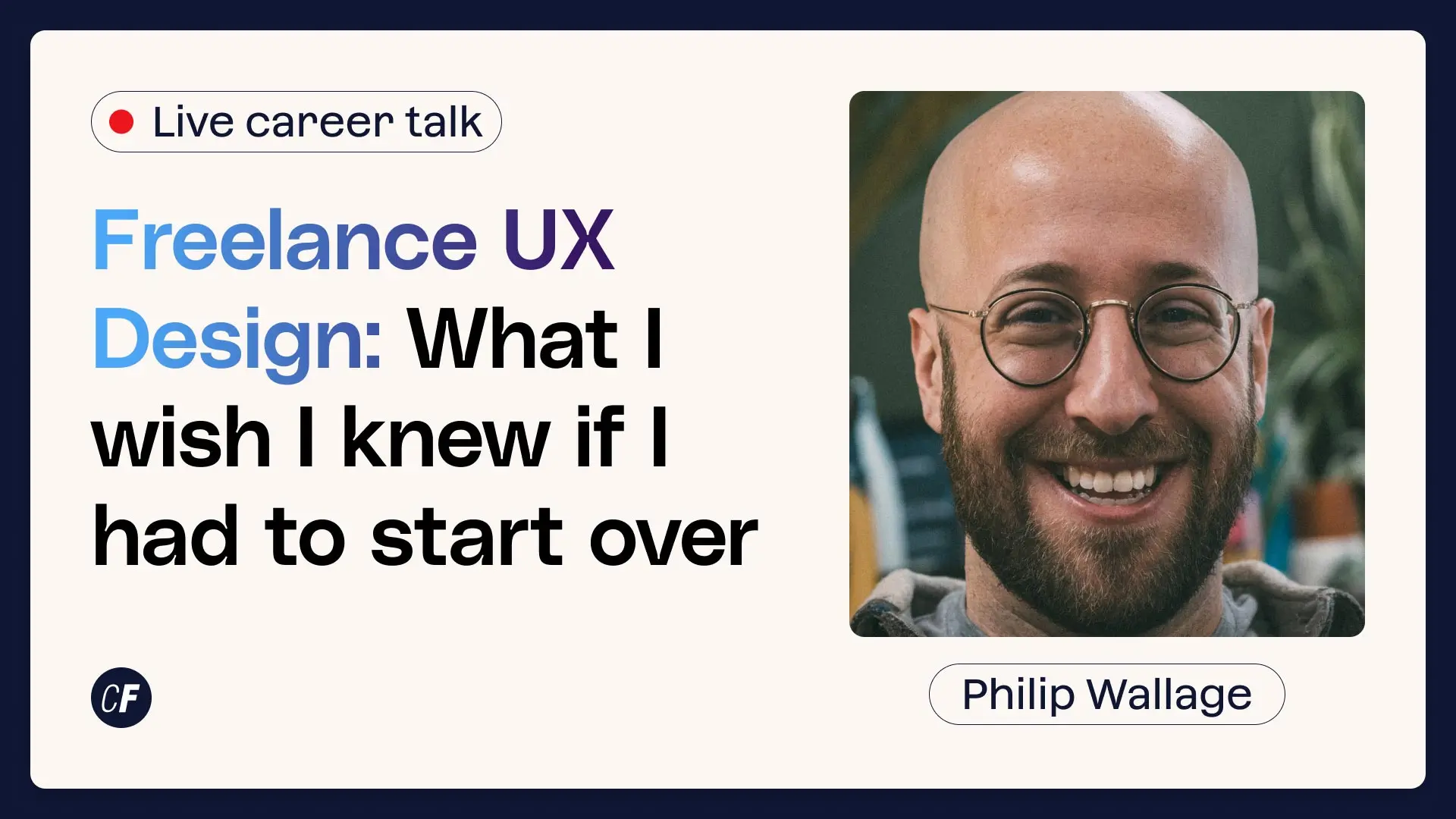What is UX Copywriting? A Hands-On Introduction
What is UX copywriting?
UX copywriting may be an emerging field within product design, but it’s here to stay. Better copy within the product experience translates into happier users—which, in turn, means that there’s a strong business case for hiring UX writers. The role UX writers play is becoming increasingly important in the industry, a fact that’s reflected in the competitive (sometimes six-figure) salaries in the field.
But what is UX writing, anyway? UX writing is the process of creating written content for digital interfaces that helps people accomplish what they’ve come there to do. Broadly speaking, UX writers take the principles of design thinking and apply them to the process of writing for digital products.
UX writing often takes the form of:
- Microcopy within a user interface
- User research questions and problem statements to guide the product development process
- Product pages
- Surveys and forms
- Account creation and app onboarding
- Transactional emails
- Calls to action
- 404 screens
…and so much more!
The best UX writers continuously work to improve their craft, mastering all the ingredients for truly top-notch UX writing—and they go beyond writing merely high-performing copy to writing inclusive copy that creates a welcoming experience for every user.
Whether you’re interested in becoming a UX writer, or you’re looking to upskill and improve this aspect of your design or development work, here are a few ways to kickstart your learning process:
- Read some excellent books about UX writing and content strategy/design
- Take a UX writing course
- If you’re not already familiar with the world of UX design, start exploring with a free UX design course—UX writing and UX design work hand-in-hand!
Start getting practice and showcase your work in a UX writing portfolio
Featured presenters

Emerson Schroeter
Senior UX Writer at HelloFresh
Emerson is a Berlin-based UX writer, plant dad, and cat servant. As a Senior UX Writer at HelloFresh, they're obsessed with inclusive and accessible design and spend (part of) their free time conspiring with Better Standards Club to find new ways to help other people raise their design standards








